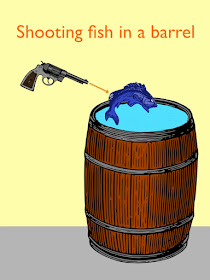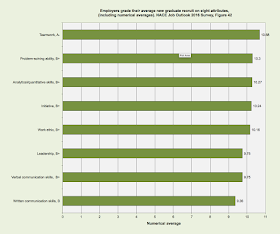I am a nerd, so I have been enjoying reading Ben Blatt’s 2017 book Nabokov’s Favorite Word is Mauve, which is subtitled What the numbers reveal about the classics, bestsellers, and our own writing. The introduction describes how in 1963 Frederick Mosteller and David Wallace used statistics to figure out whether Hamilton or Madison wrote some of the disputed essays in The Federalist Papers.
A section that starts on page 164 is titled What’s Your
Favorite Word, and it states Ray Bradbury said his favorites were ramshackle
and cinnamon.
At the Grocery Outlet I recently bought a package of
Cinnamon Spice Crisps (cookies from Germany). A smaller legend on the package
described them as Traditional European Spekulatius Cookies. On the back of the
package a mix of six spices was listed: cinnamon, coriander, anise, cloves,
fennel seed, and cardamom.
On page 170 Mr. Blatt defined “cinnamon words” as words where:
A] It must be used in half an author’s books.
B] It must be used at a rate of at least once per 100,000 words
throughout an author’s books
C] it must not be so obscure that it’s used less than once per
million in the Corpus of Historical American English
D] It is not a proper noun
On pages 173 to 176 he presented tables with the top three cinnamon words for a hundred different authors. The table shown above is a sample of ten. From those three words, you can get a very good sense of what C. S Lewis, J. K. Rowling, Lemony Snicket, and J. R. R. Tolkien were writing about.
He also defined more common “nod words” as words where:
A] It must be used in all of an author’s books.
B] It must be used at a rate of at least 100 per 100,000 words
throughout an author’s books
C] It must not be so obscure that it’s used less than once per
million in the Corpus of Historical American English
D] It is not a proper noun
The table shown above is a sample of the same ten authors for nod words. From those three words, you can only tell what J. K. Rowling and Lemony Snicket were writing about.
Mr. Blatt also discusses the top ten most popular three-word sentence openers. On pages 153 and 154 he shows tables with them for nine novels. I have shown a sample of three above for The Adventures of Tom Sawyer, To Kill A Mockingbird, and Pride and Prejudice.
On page 148 he compared the top ten most popular three-word sentence openers for two New York Times opinion columnists – David Brooks and Paul Krugman. As is shown above, they have distinctly different styles.
Another way of looking at writing is via a grade level
formula. On page 107 Mr. Blatt mentions the Flesch-Kincaid Grade Level, for
which the formula is:
0.39 x (total words/total sentences)
+ 11.8 x (total syllables/total words) – 15.59
+ 11.8 x (total syllables/total words) – 15.59
He mentions on page 108 that the Dr. Seuss book Green Eggs
and Ham has a Flesch-Kincaid Grade Level of -1.3, in contrast with William
Faulkner’s The Sound and the Fury at 20.
On page 109 he refers to an article in The Guardian on February
12, 2013 titled The state of our union is …dumber which showed the grade levels
for our presidential State of the Union Speeches.





























